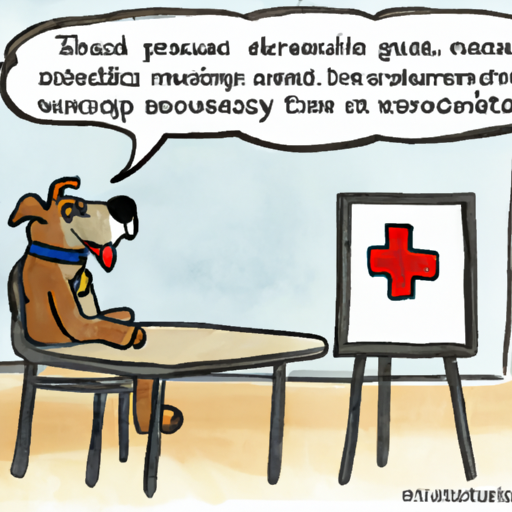1. Understanding Animal Communication
You’ve probably asked yourself this question more than once: why can’t dogs speak? As a caregiver, it’s natural for you to want to understand everything about your furry friend. While they may not communicate in the same way humans do, dogs have their own complex language. They express themselves through body language, barking, whining, and growling. It’s a symphony of non-verbal cues that, when interpreted correctly, can give a profound insight into what your dog is feeling or wanting.
2. The Anatomy of a Dog’s Vocal Cords
The anatomy of a dog’s vocal cords is quite different from that of humans. To produce speech, humans rely on their sophisticated vocal cords, tongue, lips, teeth, and even facial muscles. Dogs, on the other hand, lack the physiological capability to form words as we know them. Their vocal cords can produce a range of sounds, but without the fine motor control that humans possess, they are unable to articulate words in the way we do.
| Human Vocal Cords | Dog Vocal Cords |
|---|---|
| Complex and refined | Simpler and less refined |
| Capable of producing speech | Capable of producing a range of sounds |
3. The Brain and Language
Language is not just about vocal cords and sounds, but also about the brain’s ability to understand and formulate language structures. Dogs, while incredibly intelligent, don’t have the same level of cognitive complexity that humans do. Their brains aren’t wired to understand the abstract symbols and grammar that constitute human language. Instead, they excel at understanding tone, emotion, and simple commands.
4. The Power of Non-Verbal Communication
Even though dogs can’t speak, they are masters of non-verbal communication. They use their bodies to convey a wealth of information. From the wagging of their tails to the position of their ears, every movement has a meaning. As a caregiver, learning to interpret these signals can help you understand your dog better. Here are some tips:
- Tail Wagging: It’s not just a sign of happiness. The speed and direction of wagging can indicate anything from fear, aggression, or even nervousness.
- Ear Position: Forward ears indicate interest, while flattened ears might mean your dog is scared.
- Body Posture: A relaxed posture means your dog is comfortable, while a stiff posture can mean your dog is anxious or alert.
5. Enhancing Communication with Your Dog
Even though your dog can’t speak, there are ways you can enhance communication with them. Training plays a crucial part in this. By using consistent commands and signals, you can teach your dog to understand and respond to a range of requests. Positive reinforcement, such as treats or praise, can be highly effective in this training process.
- Consistent Commands: Use the same words and gestures for specific actions.
- Positive Reinforcement: Reward your dog when they respond correctly to your command.
- Patience: Remember, learning takes time. Be patient and persistent in your training.
Frequently Asked Questions (FAQs)
Q1: Why can’t dogs speak like humans?
A: Dogs lack the anatomical and cognitive capabilities required to produce and understand human speech.
Q2: Can dogs understand human language?
A: Dogs can understand simple commands, tones, and emotions, but they can’t grasp complex human language.
Q3: How can I communicate better with my dog?
A: You can enhance communication by using consistent commands, positive reinforcement, and understanding your dog’s non-verbal cues.



